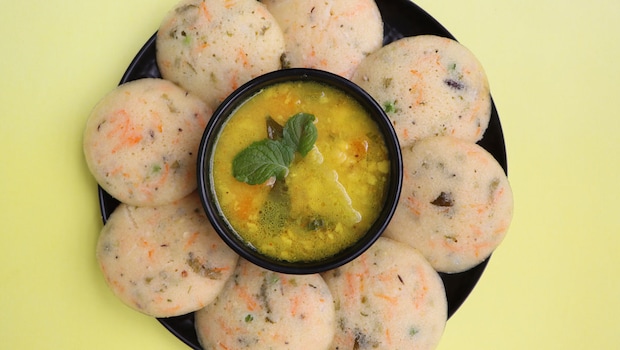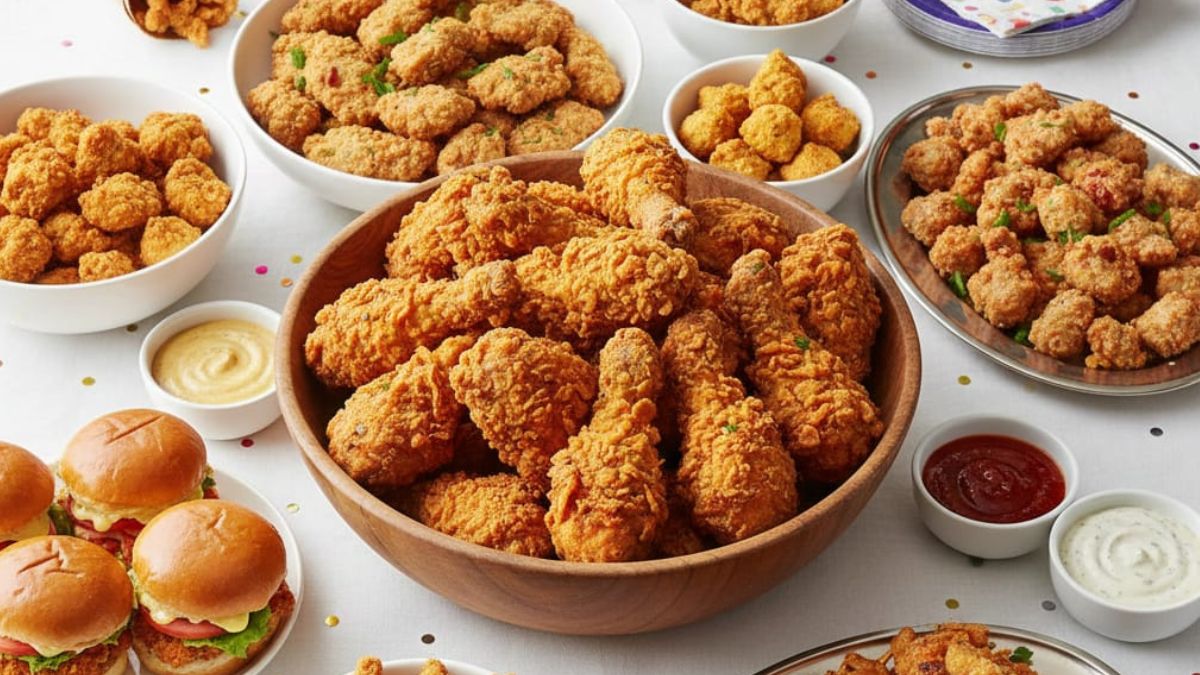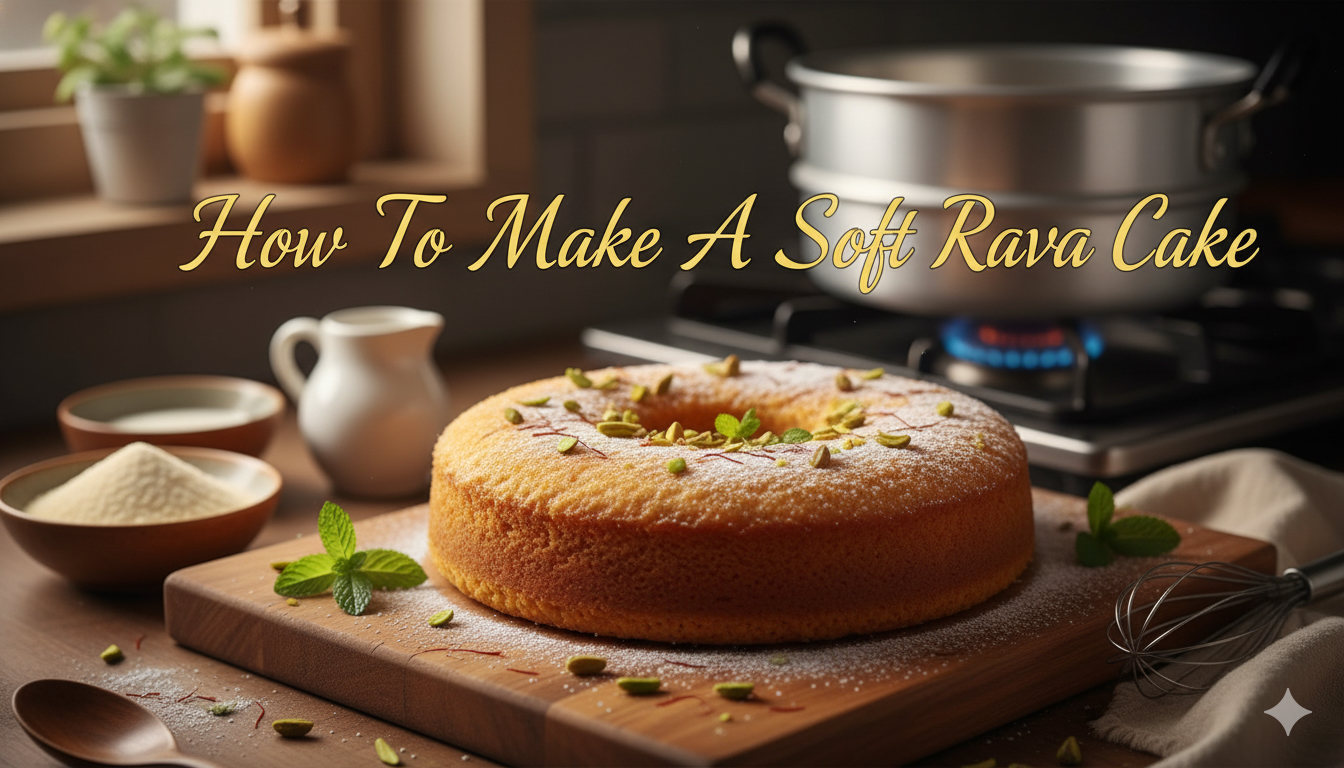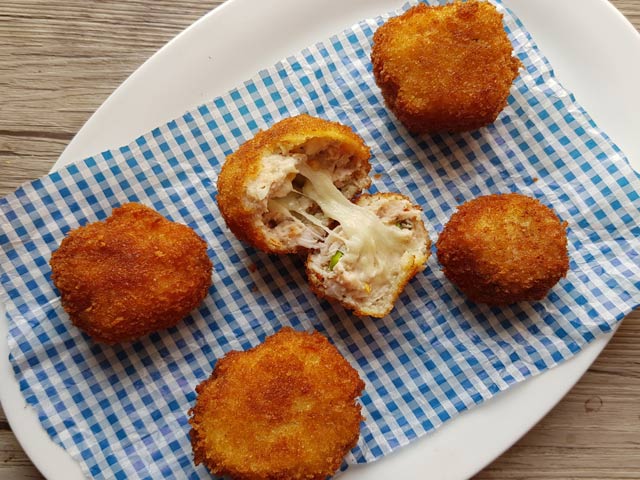When you are trying to lose weight, even everyday decisions like what to eat for breakfast can feel unnecessarily complicated. You want something that is filling but not calorie-heavy. Something that tastes good but is also healthy. And most importantly, a breakfast that does not leave you hungry an hour later. The good news is that Indian breakfasts come with plenty of comforting options, but some dishes work better than others when weight loss is your priority. Two popular contenders in this space are idlis and moong chillas. You can easily make them at home and even order them via an online food delivery platform. Both sound healthy, but which one actually supports your weight goals better? If you often find yourself torn between the two, here is what you should know before your next breakfast.
Also Read: 11 Desi Recipes To Try For Weight Loss Diet - For Breakfast, Lunch And Dinner
Nutrition Comparison: Idli vs Moong Chilla

One plain idli contains around 35 to 40 calories. It is low in fat and easy to digest, but primarily consists of carbohydrates since it is made using rice and urad dal. In contrast, a single moong chilla has around 120 to 130 calories. While that may sound like more, it also offers protein and dietary fibre, which help you stay full for longer.
For those focusing on weight loss, moong chilla is a better pick. The protein helps control hunger, and the fibre slows digestion, both of which play key roles in managing cravings. Idlis are not a bad choice either, but they might not be as satisfying unless paired with something substantial like sambar.
Which Keeps You Full Longer?

If your goal is to stay full until lunch, moong chilla has the upper hand. According to Nutritionist Rashi Chowdhary, dals and dal-based batters take longer to digest, which means fewer mid-morning hunger pangs. The high protein and fibre in moong chilla also help regulate blood sugar levels, preventing sudden spikes and crashes that often trigger snacking.
Idlis, though light and easy on the stomach, have a high glycaemic index and digest more quickly. So, if you eat them alone without a side like sambar, you might be rummaging through your snack drawer sooner than expected.
Gut Health: Which Is Easier On The Stomach?

This is where idlis come out ahead. Thanks to the fermentation process, idlis contain beneficial bacteria that support gut health and aid digestion. Their soft, fluffy texture also makes them gentle on the stomach, particularly helpful for those recovering from acidity or sensitive digestion. They are also less likely to cause bloating.
On the other hand, moong chilla can sometimes lead to discomfort if your gut is not used to lentils, especially if the dal has not been soaked properly. Nutritionist Rashi Chowdhary advises soaking dals for at least four to six hours to soften their outer layer and ease digestion. Soaking not only keeps the nutrients intact but also reduces gas and bloating. That said, if lentils are a regular part of your diet, moong chilla should not cause any trouble.
Weight Loss Verdict: Idli or Moong Chilla?

If your main goal is managing weight and reducing cravings, moong chilla is the stronger option. It has higher amounts of protein and fibre, which help with satiety, making it a solid choice for anyone following a calorie-controlled diet. You can also boost its nutritional profile by pairing it with curd or mint chutney.
That said, idlis are not off the table either. When made with ragi or oats and eaten with sambar, they become a light and gut-friendly meal. The key is to alternate between the two based on your energy needs and what your body feels like on a given day. It ultimately depends on your fitness goals and schedule.
Also Read: 10 Mistakes To Avoid When You Are On Weight Loss Diet
Tips To Make Your Moong Chilla Healthier
1. Add Vegetables To The Batter
Moong chillas are typically plain, but you can enrich them with vegetables like grated carrots, spinach, cabbage, or capsicum. This adds fibre and micronutrients without increasing the calorie count.
2. Cook With Minimal Fat
Use a cast-iron or non-stick pan, and brush it lightly with ghee. Avoid using too much oil; a small amount is enough to cook it through.
3. Pair It With Protein-Rich Curd

Adding a bowl of curd on the side can balance the meal and promote digestion, thanks to the probiotics in curd.
4. Skip The Paneer Stuffing
While paneer is a good protein source, it also increases the calorie count significantly. If weight loss is your goal, avoid adding paneer to your chilla.
5. Choose Whole Green Moong
Whole green moong has more fibre compared to yellow moong dal. It takes slightly longer to soak but will keep you full for longer and adds a nutty depth of flavour.
Whether you make dishes at home or order them online, they'll make for a great addition to your diet.
Disclosure: This article may contain links to third-party websites or resources. However, this does not affect the integrity of the content, and all recommendations and views are based on our independent research and judgment.
About Nikita NikhilMeet Nikita, a passionate soul with an insatiable love for two things in life: Bollywood and food! When she's not indulging in binge-watching sessions, Nikita can be found behind the lens capturing moments or expressing her creativity through painting.











